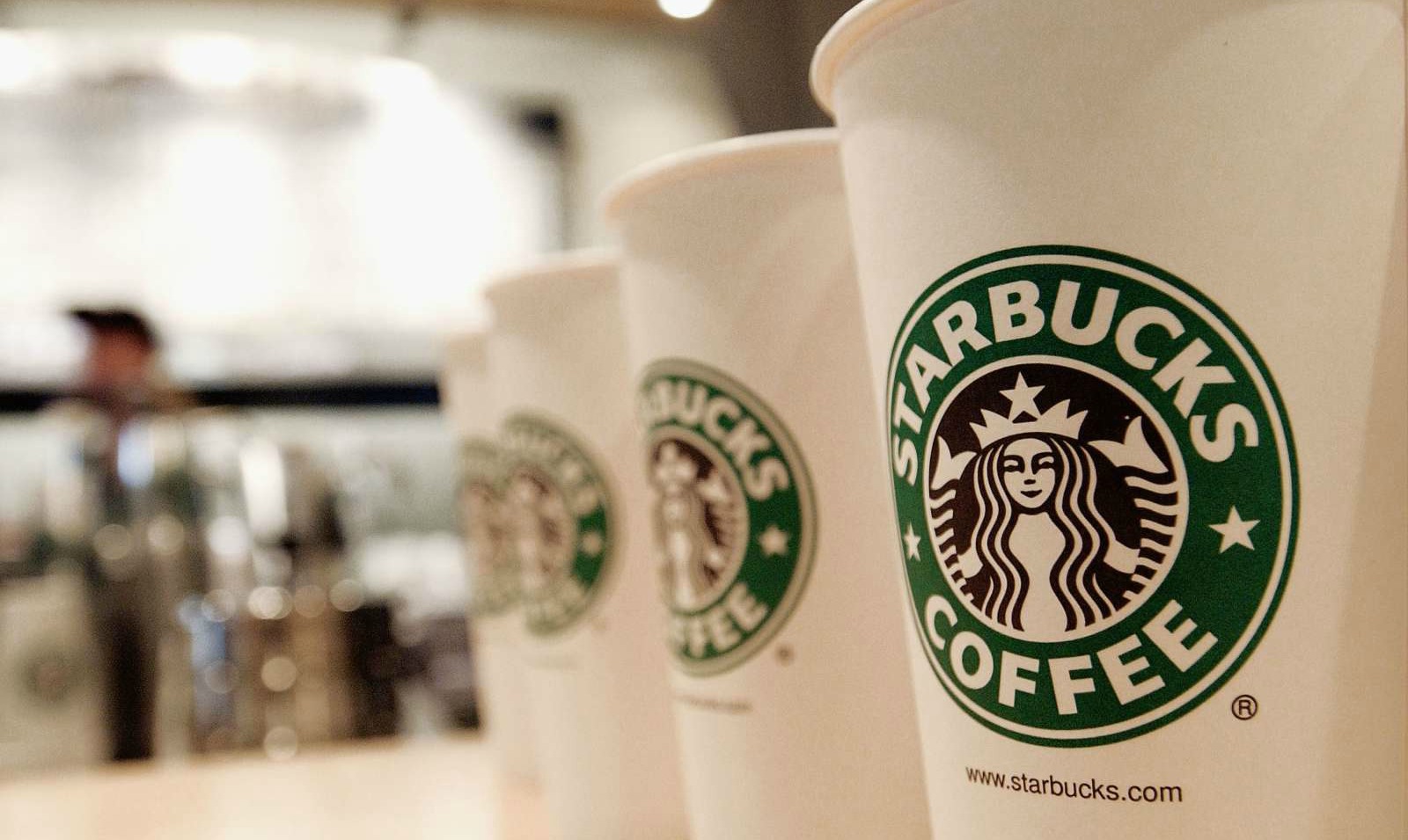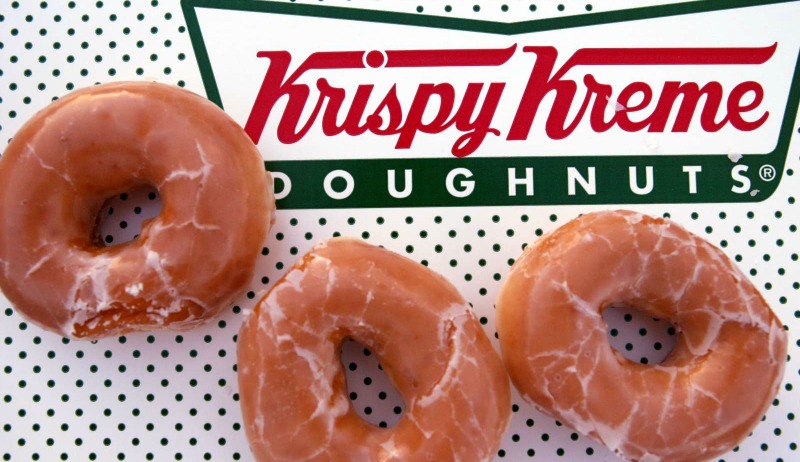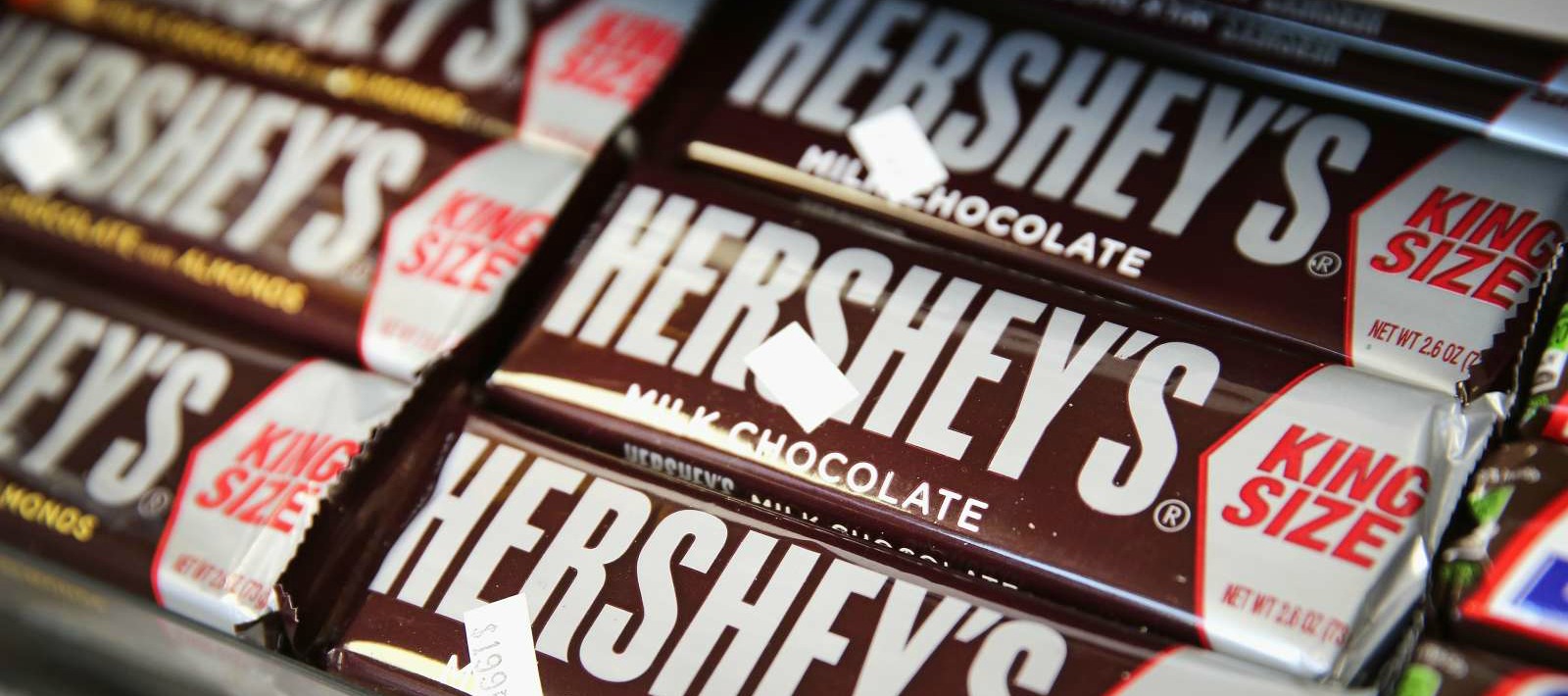Chinese officials are cracking down on eateries across the country after finding evidence that 35 restaurants may have used opium poppies as seasoning. Opium poppies contain a small amount of opiates, and while there’s no evidence to suggest it’s enough to get a person hooked, the Chinese Food and Drug Administration has already prosecuted five of the 35 restaurants.
The news may seem shocking, but addictive or mind-altering foods are nothing new. Here are some of the things we’ve added to our diets over the years, and the ways in which they’ve affected us.
SODAS
Most people chalk up stories about Coca-Cola containing cocaine to urban legend, but that was actually the case until the early 1900s. It’s easy to see why the drink was so popular at the start of its almost 125-year history—cocaine causes the brain to flood with dopamine, the neurotransmitter associated with pleasure and reward. There was only a small amount of cocaine in the drink, probably not enough to cause a physical dependency. Coca leaves—from which cocaine is extracted—are still in the drink to this day. All the cocaine extracted from those leaves goes to a pharmaceutical manufacturer.
Popular soda 7-Up also used to contain mind-altering substances. “Bib-Label Lithiated Lemon-Lime Soda,” as it was known back in the 1920s, contained lithium, which we now associate with the treatment of bipolar disorder. The Food and Drug Administration didn’t ban the use of lithium in drinks until 1948, and the idea that a small dose of the drug is good for public safety still hasn’t died.

COFFEE
Just like the ingredients in Coca-Cola and 7-Up, caffeine started as a medicinal supplement, when coffee was touted as a health drink. Thankfully, you can’t be addicted (as defined by the American Psychiatric Association) to caffeine, although you may experience withdrawal if you cut out your five daily cups of coffee. Coffee’s side effects are well-documented and include a fast heart rate, difficulty sleeping, and increased urination. Leaders have even tried to ban it before. On the other hand, coffee can still be good for you.

SUGAR
There’s plenty to say about sugar. You probably already know that it’s addictive (though you occasionally still reach for that second donut). A review of research into the comparison between sugar and drugs found there’s indeed merit to the metaphor. “Overall,” the authors wrote, “this research has revealed that sugar and sweet reward can not only substitute to addictive drugs, like cocaine, but can even be more rewarding and attractive.” Even now, we’re still uncovering the possible health dangers of sugar.

CHOCOLATE
There’s a reason some of us turn to chocolate after a stressful day. We all know it has sugar and caffeine, but chocolate also contains anandamide, a molecule similar to THC that may account for the sense of well-being you get after indulging. The feel-good effects of a candy bar don’t last very long, so you’re likely to keep eating to chase the high.
Throughout our history, we’ve been at least a little addicted to quite a few things. If you’re not worried about candy, you probably don’t need to panic about poppy seasoning. In the meantime, jonesing for some M&Ms? Don’t worry, there are solutions.




